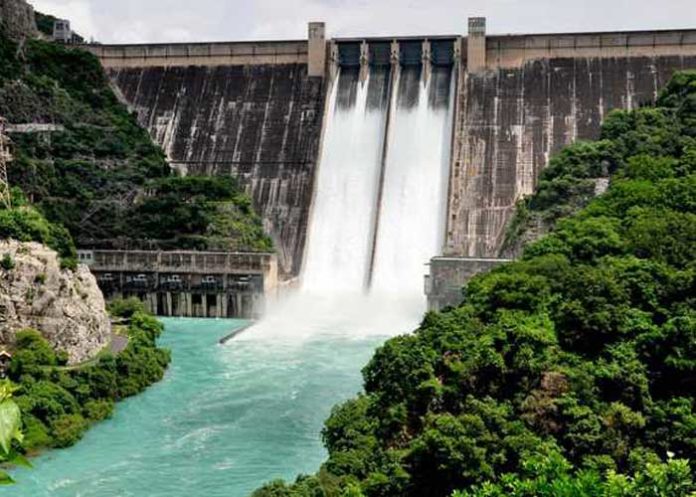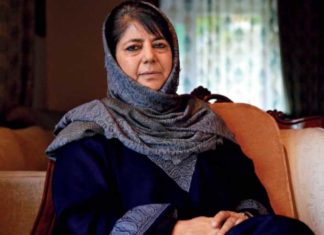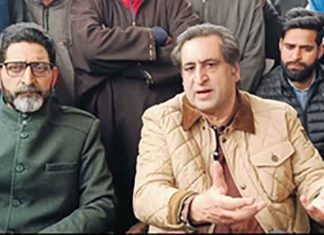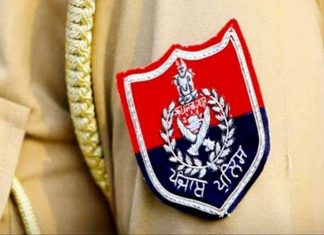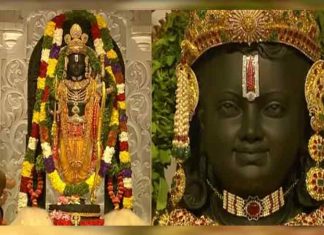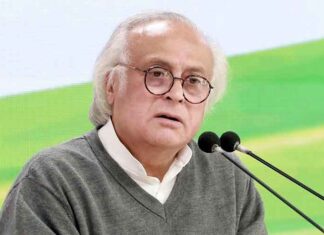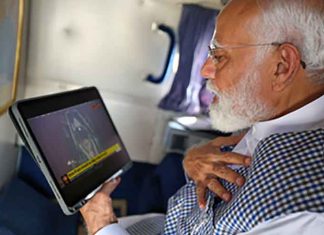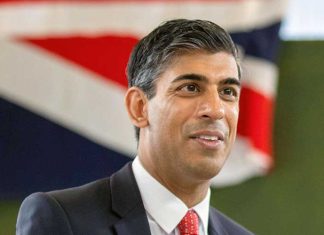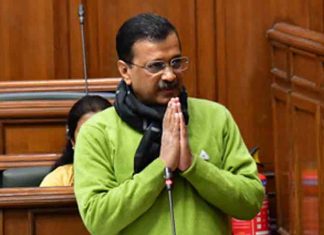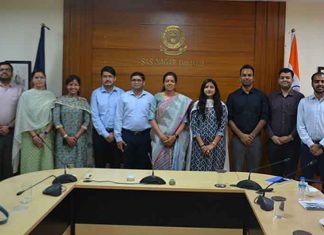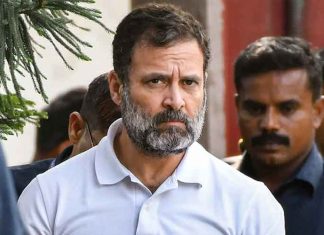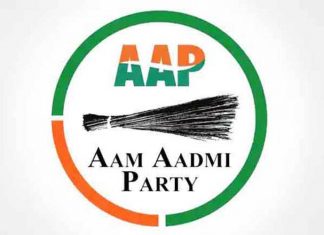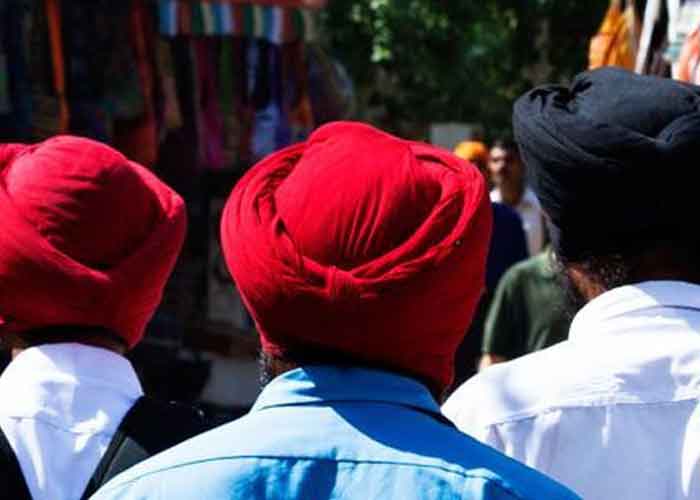Shimla, Dec 19, 2021- After facing numerous legal battles and roadblocks owing to financial and environmental concerns for nearly three decades, a dam project that will generate revenue from electricity for Himachal Pradesh and quench the thirst of the people of Delhi may now see the light of day in five-six years. However, there will be a whopping cost escalation of over Rs 5,500 crore.
The Union government last week decided to execute it under the Pradhan Mantri Krishi Sinchayee Yojana (PMKSY) during 2021-26 by outlining a budget of 90 per cent out of the estimated cost over Rs 7,000 crore.
The Renukaji Dam Multipurpose Project in the hill state’s Sirmaur district envisages construction of a 148-metre high rockfill dam across the Giri river in the upper Yamuna basin with live storage of 498 million cubic metres (MCM).
It will ensure supply of 23 cumecs of water to the National Capital Territory of Delhi and generate 40 MW of electricity for Himachal Pradesh.
The stored water of Renukaji dam will be used by Uttar Pradesh, Haryana and Delhi from the Hathnikund barrage, by Delhi from the Wazirabad barrage and by Uttar Pradesh, Haryana and Rajasthan from the Okhla barrage.
The project, with storage of 0.404 million acre feet (MAF) and the total submergence of 1,508 hectares, comprising 909 hectares of forest area, has hit several roadblocks repeatedly since an initial agreement was signed on May 12, 1994.
This national status project, to be executed by Himachal Pradesh Power Corp Ltd (HPPCL), is located some 250 km from the national capital.
As per the norms of the national project scheme, 90 per cent cost for the works portion of the water component of the project is to be provided by the Centre.
The remaining cost of the water component is to be shared by all basin states in the ratio of allocation of water.
According to the agreement signed on January 11, 2019, the Delhi government has agreed to bear the 90 per cent cost of the power component of the project, while the balance of the power component is to be borne by Himachal Pradesh.
Besides Himachal Pradesh and Delhi, the beneficiary basin states are Haryana, Uttar Pradesh, Uttarakhand and Rajasthan. They had already signed a memorandum of understanding to construct the dam to provide water to them.
As per official estimates, the share of water component cost of Haryana, Uttar Pradesh, Himachal Pradesh, Rajasthan and Delhi is 47.82, 33.65, 3.15, 9.34 and 6.04 per cent, respectively.
Elated with the Centre approving the project, Himachal Chief Minister Jai Ram Thakur told IANS that the detailed project report for Rs 4,596.76 crore was accepted in 2015, but as there was no agreement among the beneficiary states the project could not be taken forward.
Later, the revised cost estimate of Rs 6,946.99 crore (price level of October 2018) was accepted by the central government on December 9, 2019.
Officials told IANS that Himachal would get about 200 million units of electricity at the rate of Rs 0.30 per unit.
It would earn a net revenue of about Rs 60 crore per annum to the HPPCL and Rs 12 crore to the state government in its first year of operation.
These revenue benefits would further increase over a period of time. The economy of the state in general and Sirmaur, the most backward district, in particular would benefit immensely.
The project was included under the National Project Scheme of the Department of Water Resources, River Development and Ganga Rejuvenation in 2008. However, it could not move forward in the absence of agreement among the basin states.
Chief Minister Thakur said with the construction of the dam the flow of Giri river would increase about 110 per cent which will meet the drinking water needs of Delhi and other basin states up to some extent in the lean period.
As per design, the project will provide 49,800 ha m (0.498 billion cubic metre) of live storage in its reservoir and a firm water supply to the tune of 23 cumecs to Delhi during the lean season. In the monsoon, 15 per cent downstream discharge will be ensured.
For the investigation and land acquisition of the project, the Central government has so far released Rs 446.96 crore, while the Delhi government has released Rs 214.84 crore and the Haryana government Rs 25 crore.
Initial investigation work for the dam project was started in 1976. Nine years later the project was conceived and discussed in the Northern Zonal Council Meeting.
The cost of the project was estimated as Rs 1,224.64 crore at the May 1997 price level, which was revised to Rs 3,498.86 crore (price level March 2009).
All technical clearances for the Renukaji dam project, which is planned to store the monsoon flow and release it during the non-monsoon lean season in the river downstream, have been obtained.
Only the forest clearance (Stage II) is left, which would be obtained after release of funds from the government of India and subsequent depositing of Rs 577.62 crore in the state Compensatory Afforestation Fund Management and Planning Authority (CAMPA) account.
Officials say the project involves 49 hectares of the Renukaji wildlife sanctuary. A total of 141,944 trees are coming into the submergence area, which if not removed, will decay and generate greenhouse gases, including methane.
The axing of trees is necessary, an official told IANS. The loss of trees would be compensated by compensatory aforestation, green belt development and reservoir rim treatment, besides funding the implementation of Catchment Area Treatment (CAT) Plan.
The impact of the removal of the trees will be marginal as the district is self-sufficient in fuelwood and other forest produce. The district has over 49 per cent of its area under tree cover with scrub over 56 sq km.
The powerhouse (2×20 MW) is proposed to be located at the toe of the dam. The project is proposed to be completed in six years from the date of the start of the construction work.
The state government has already clarified that it is ready to pay to the landowners the enhanced compensation as per the decisions given by the various appellate courts.
Project-affected villagers united under the banner of the Renuka Bandh Jan Sangharsh Samiti claim that more than 700 families from 37 villages will be affected. (Agency)
Subscribe to YesPunjab Telegram Channel & receive important news updates



